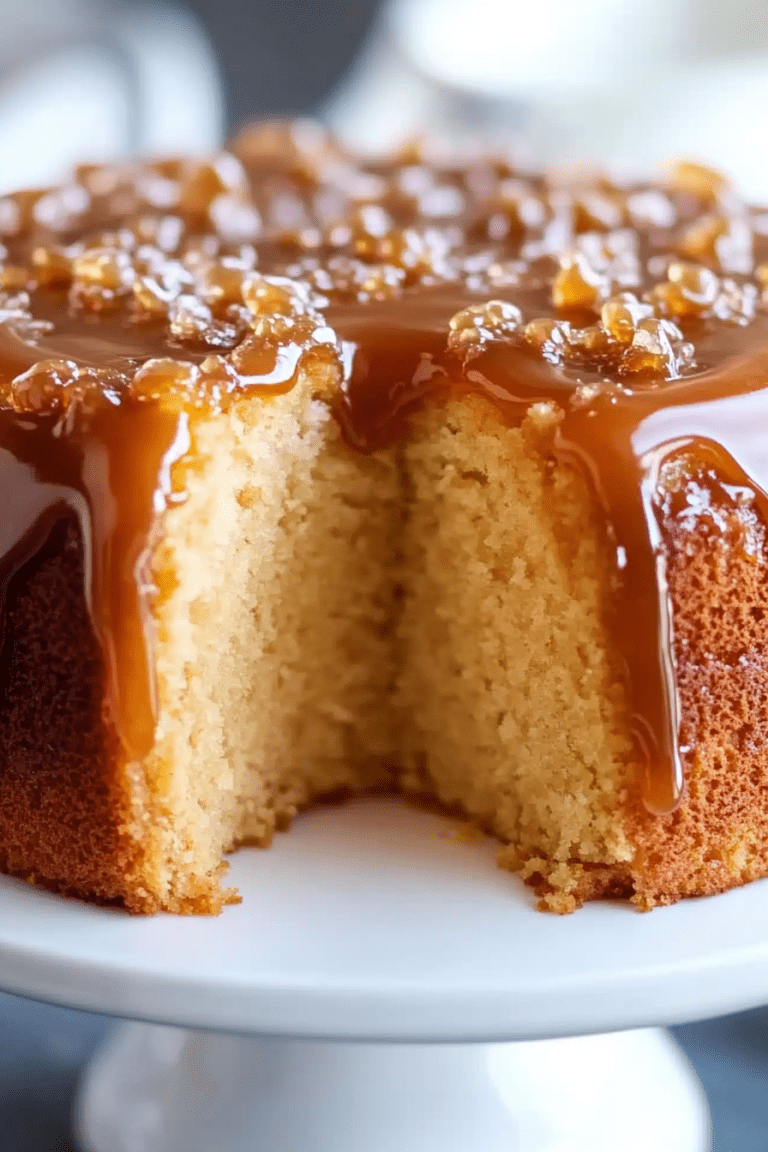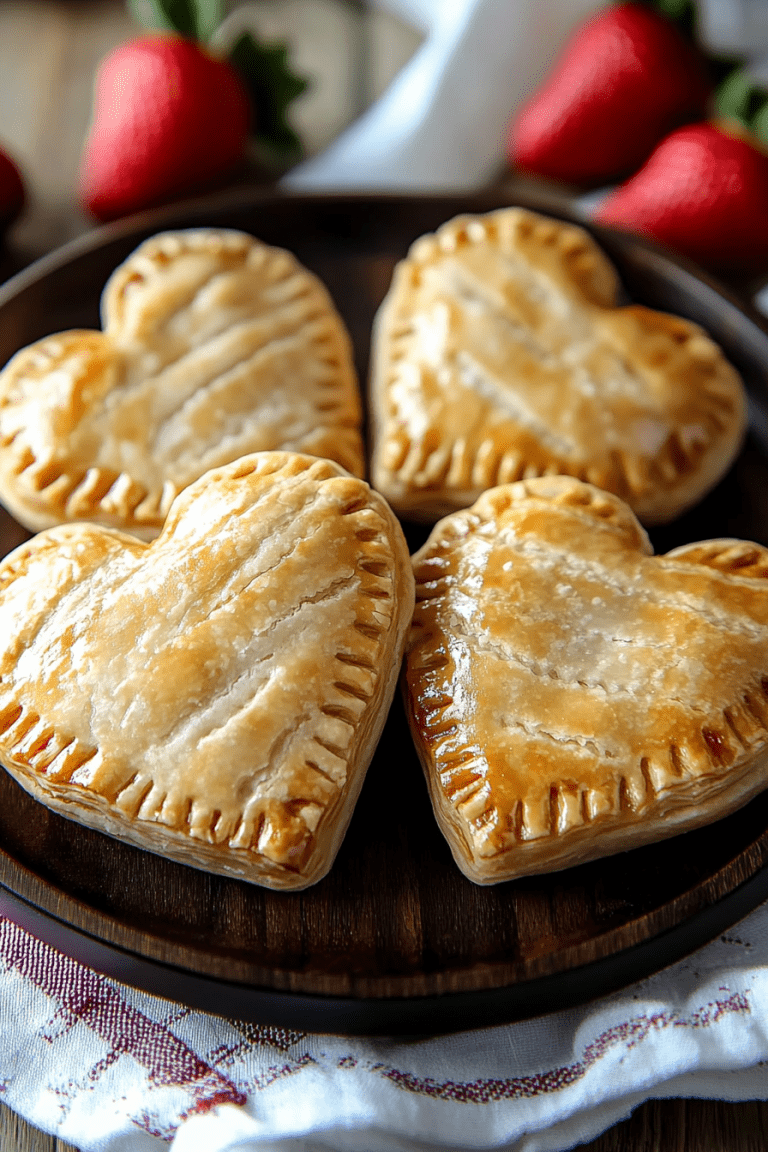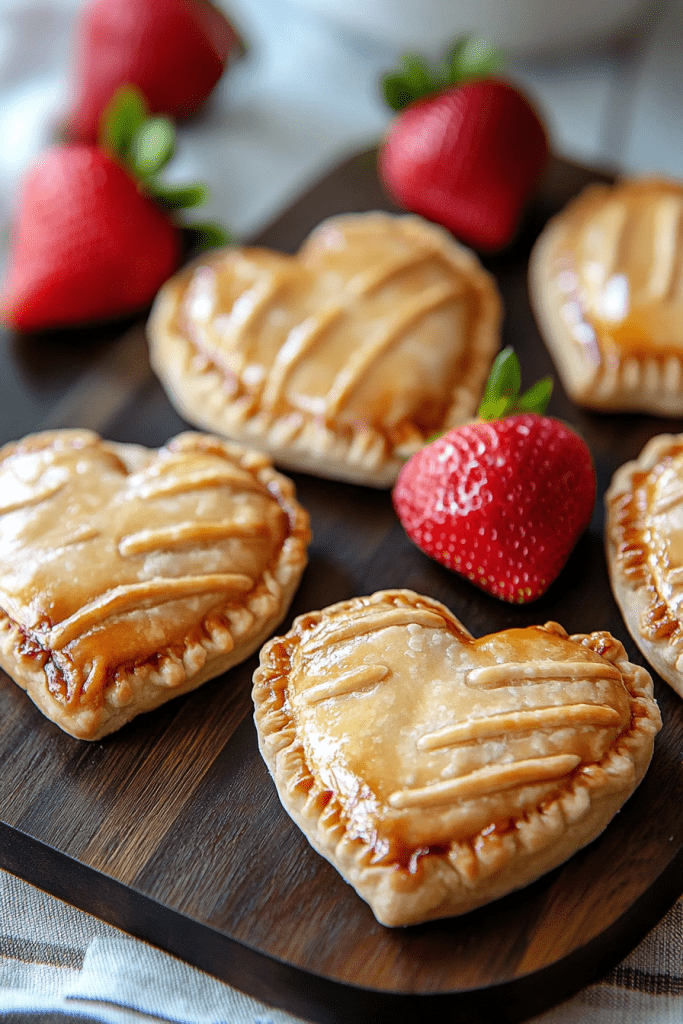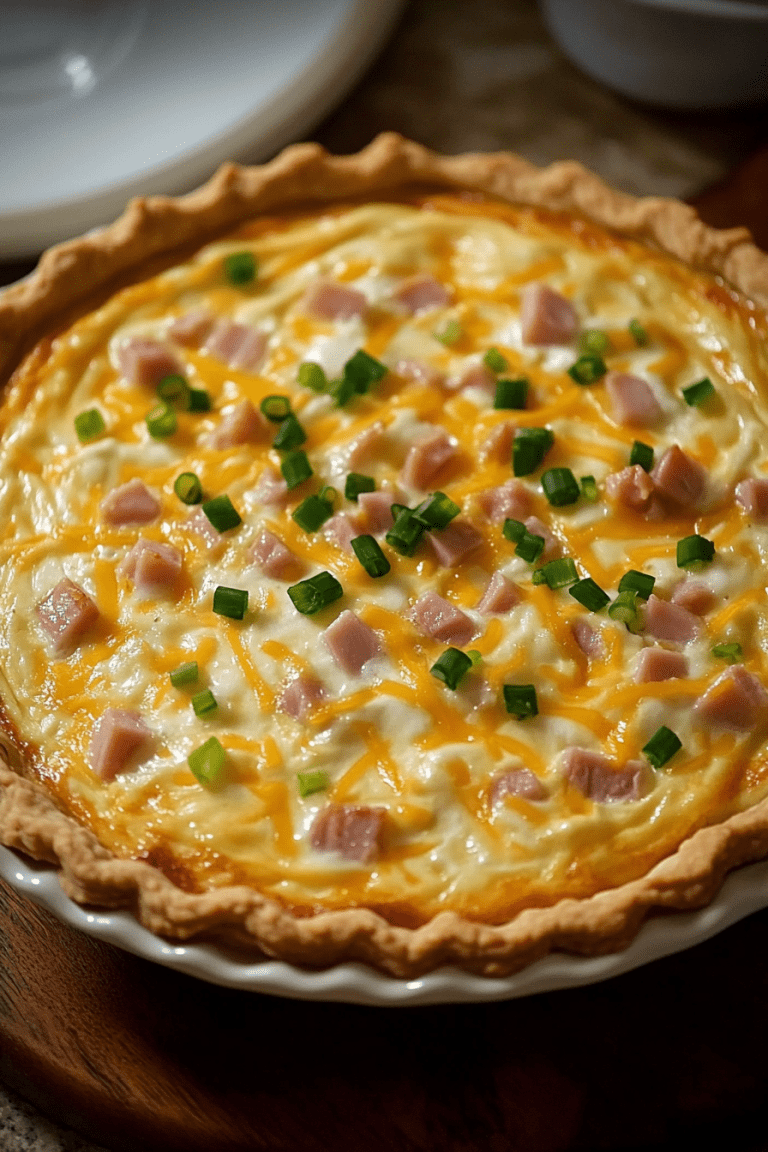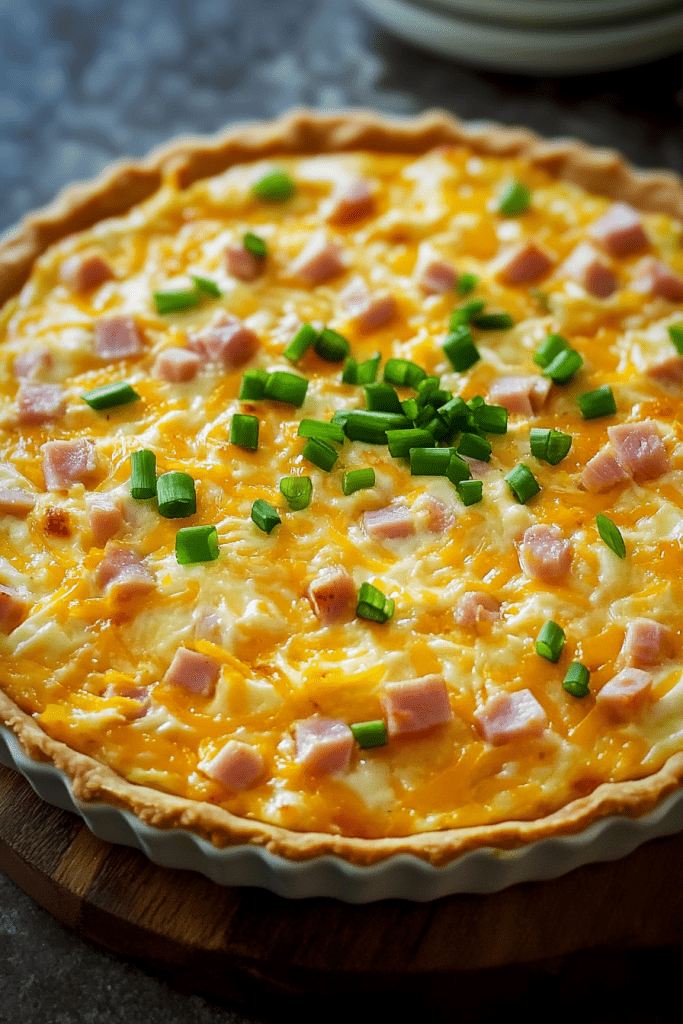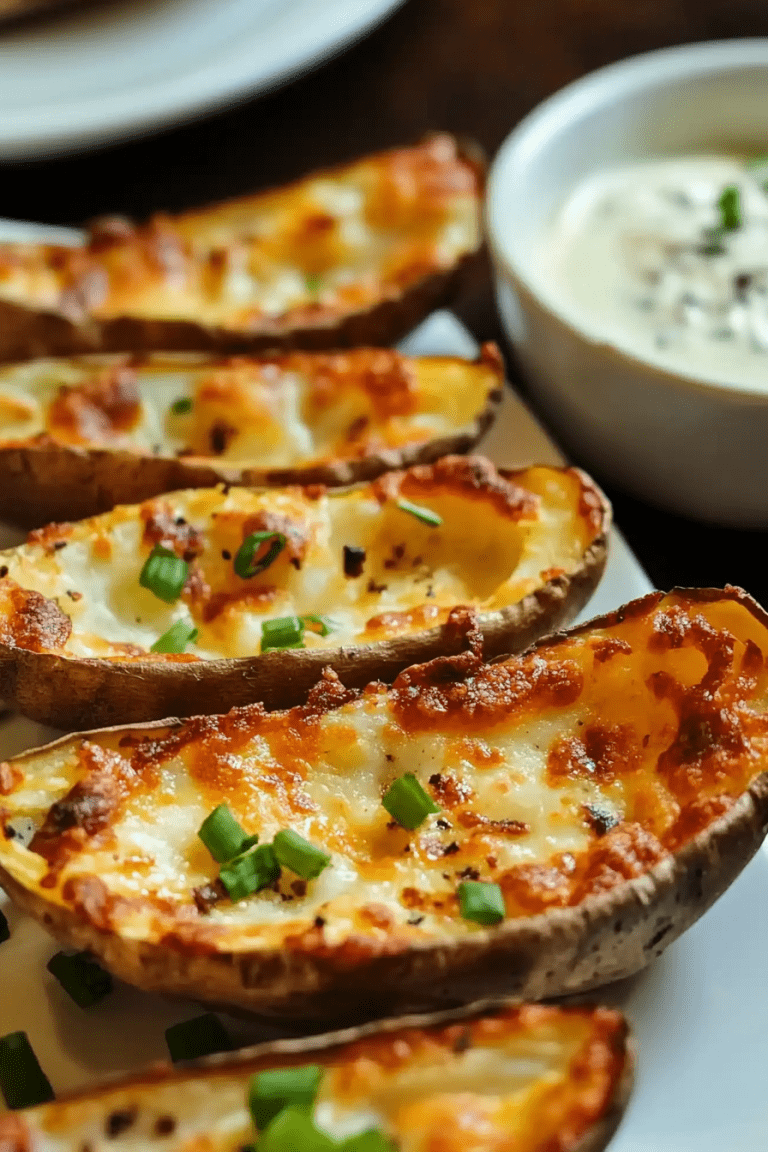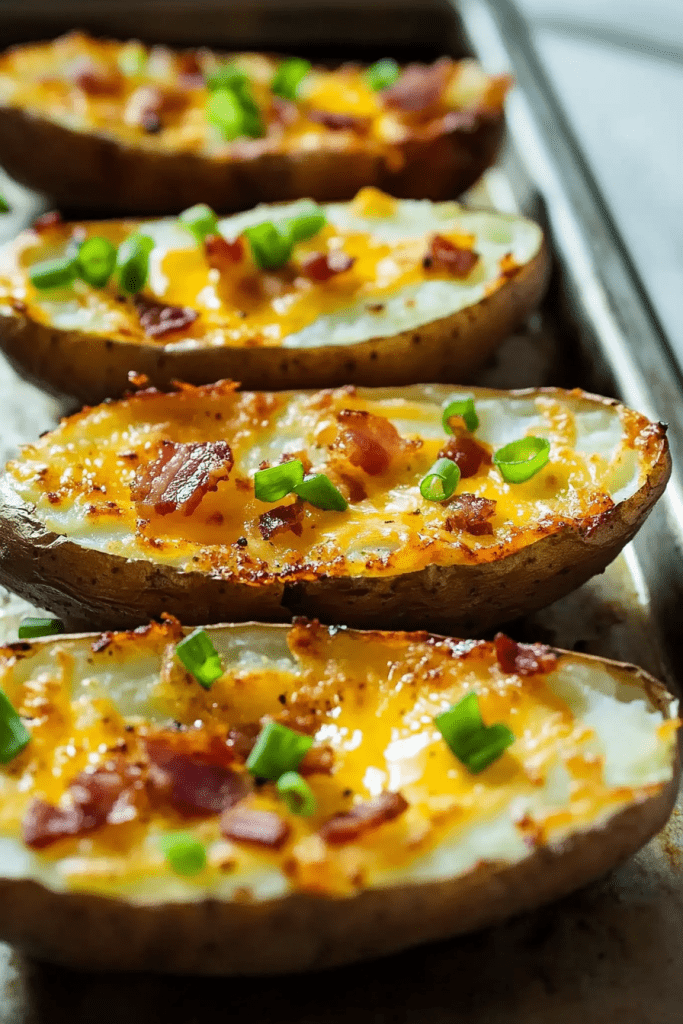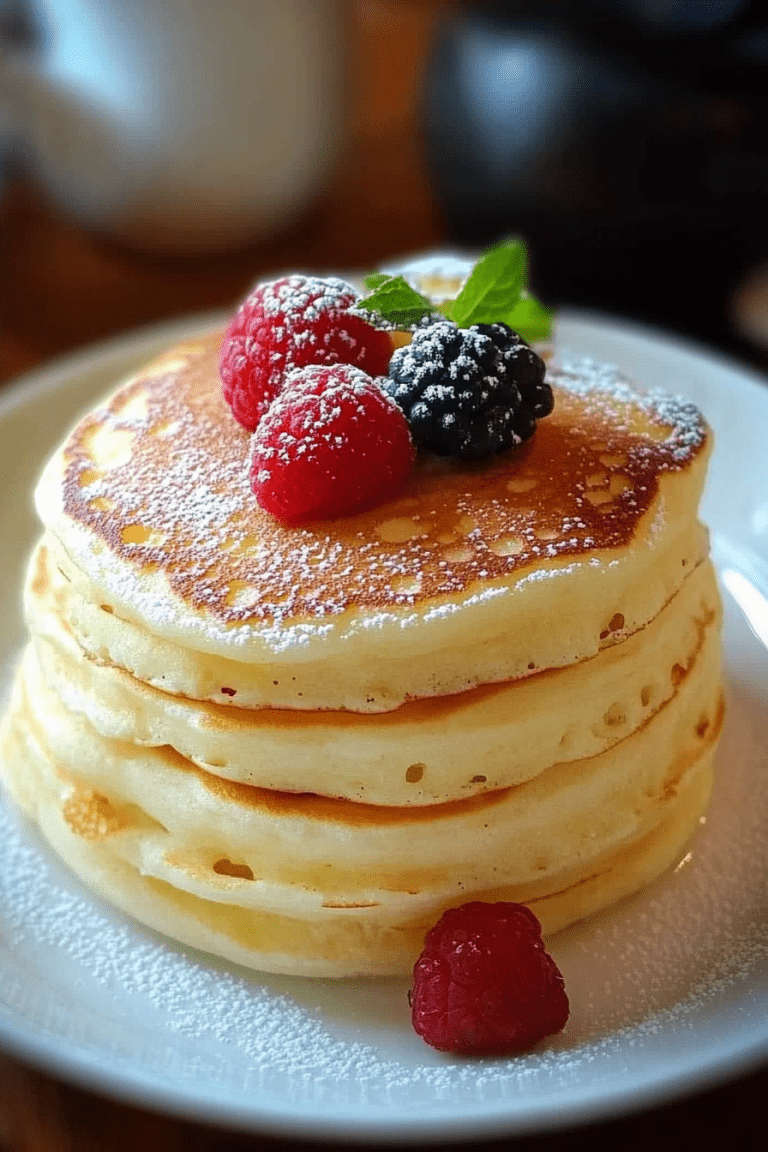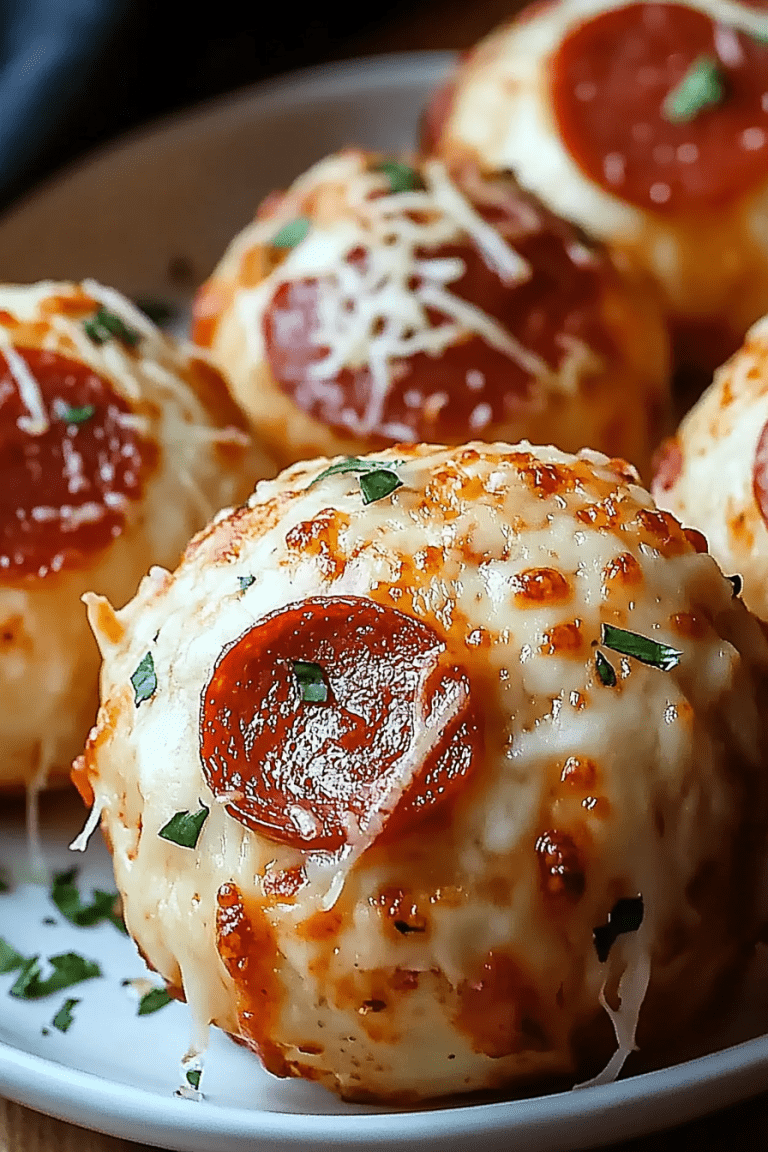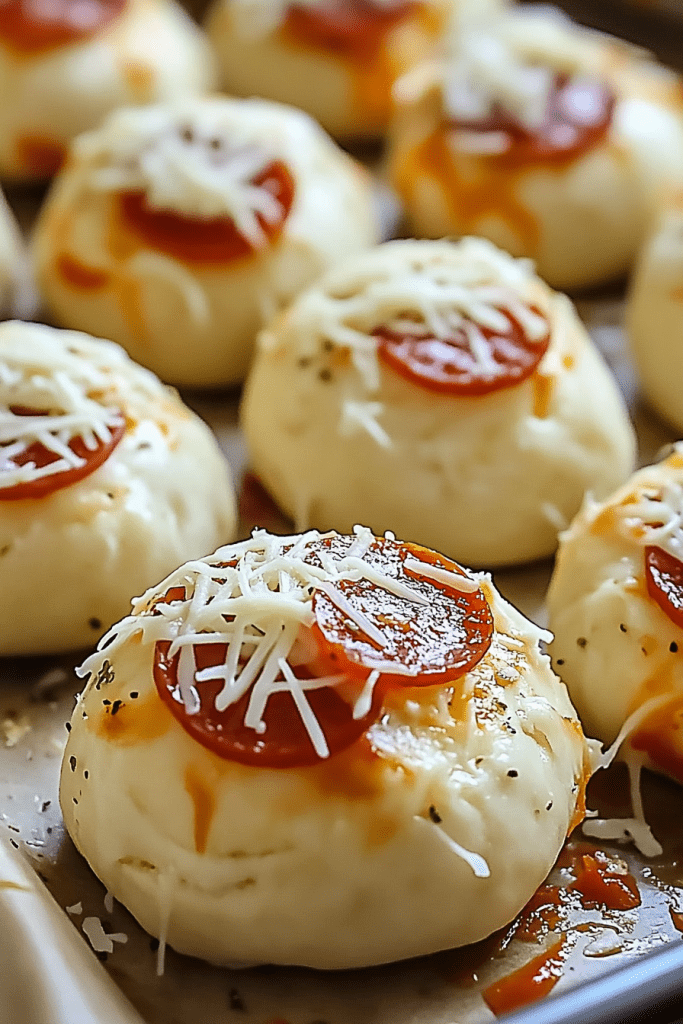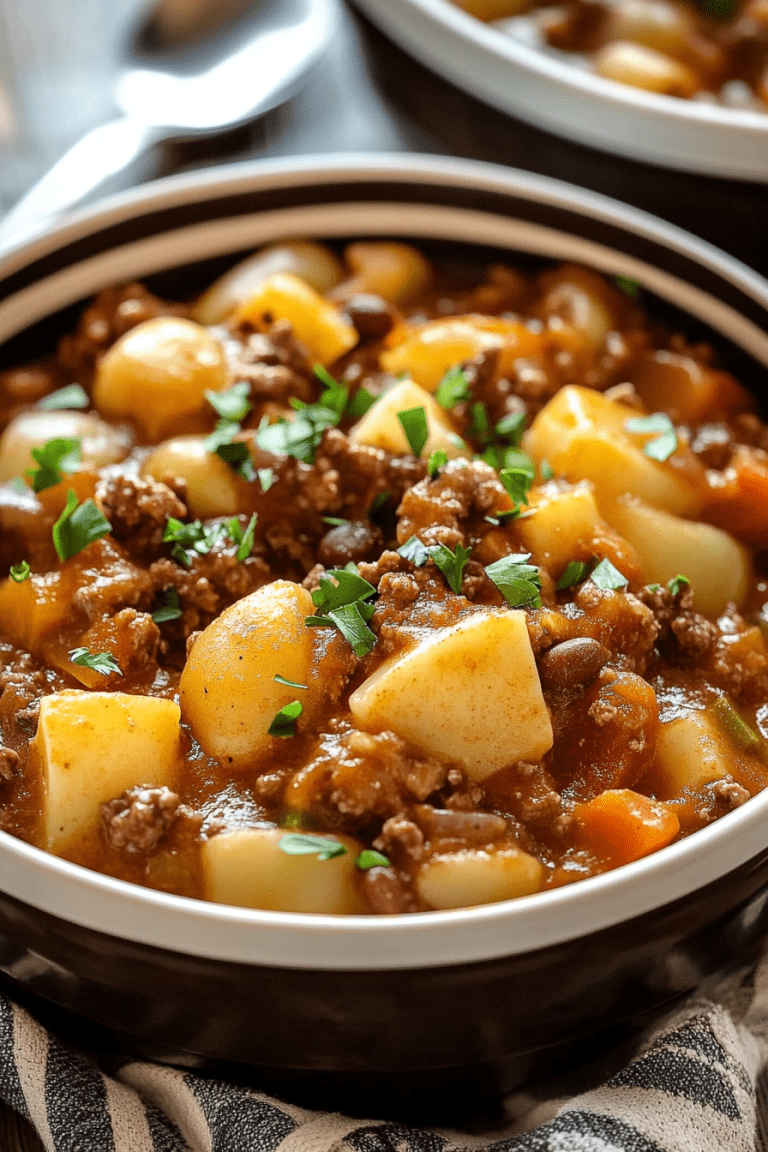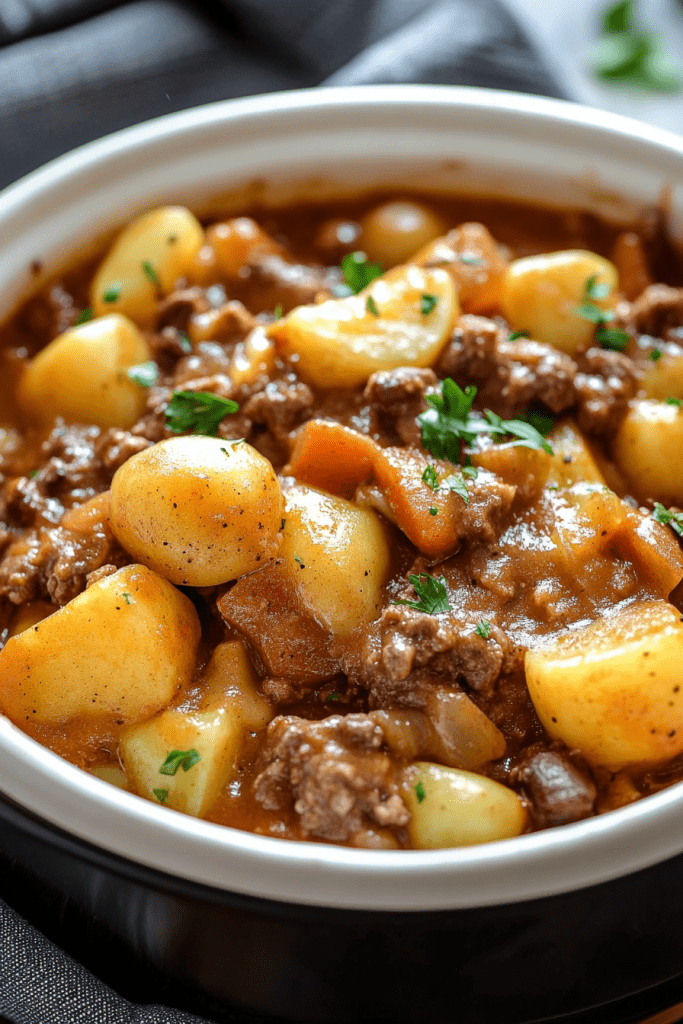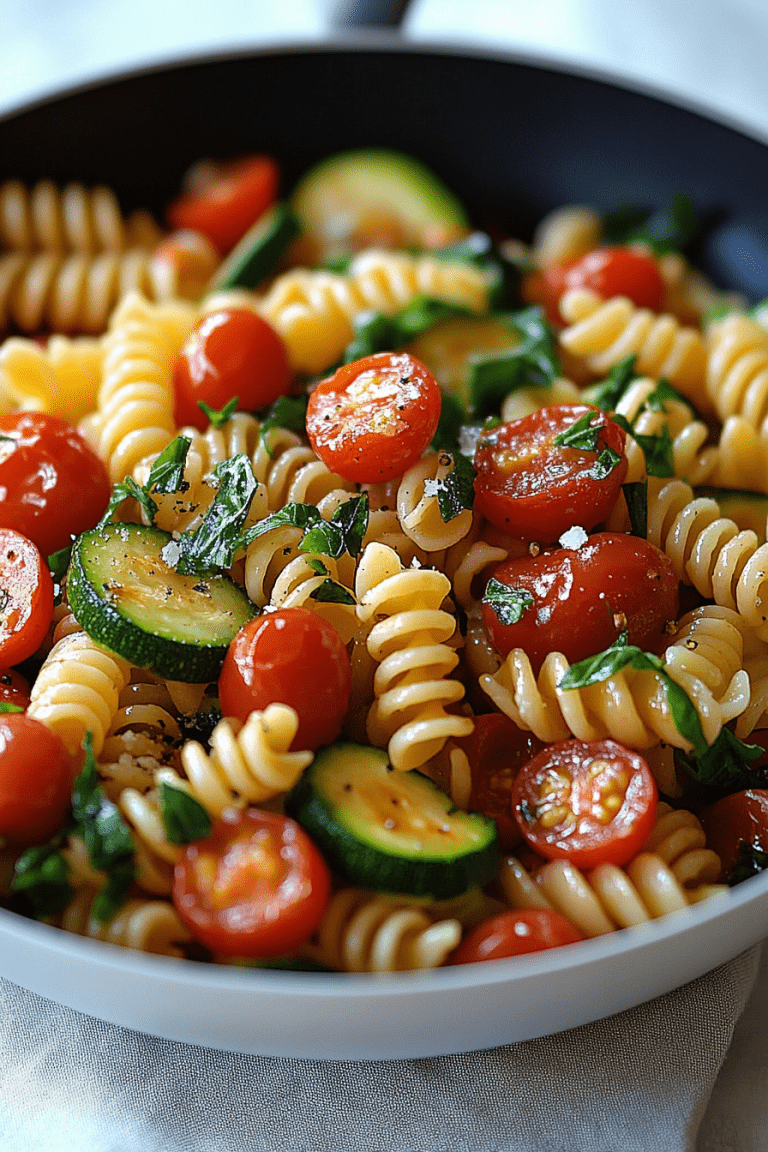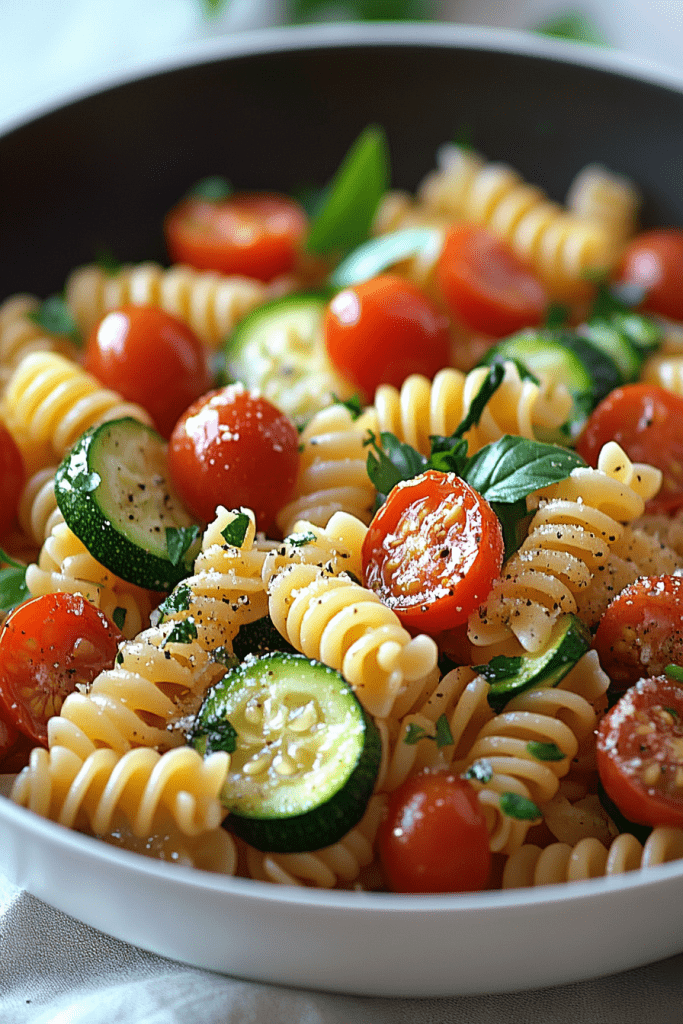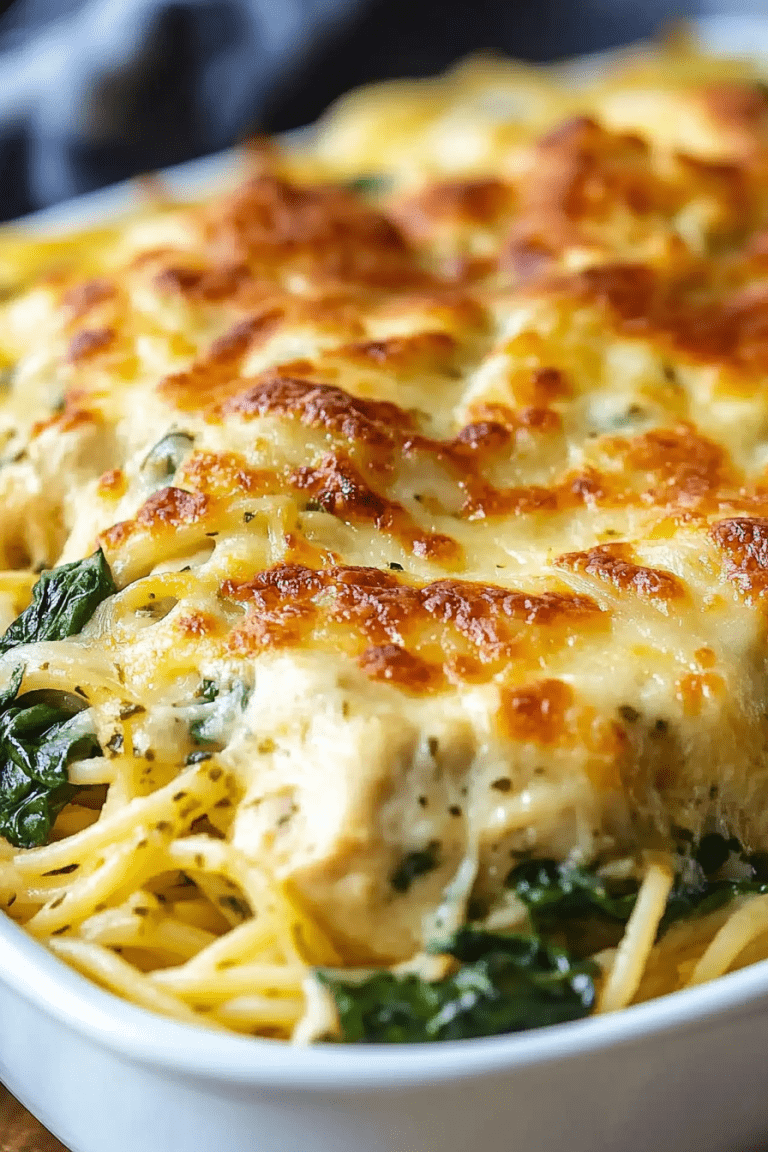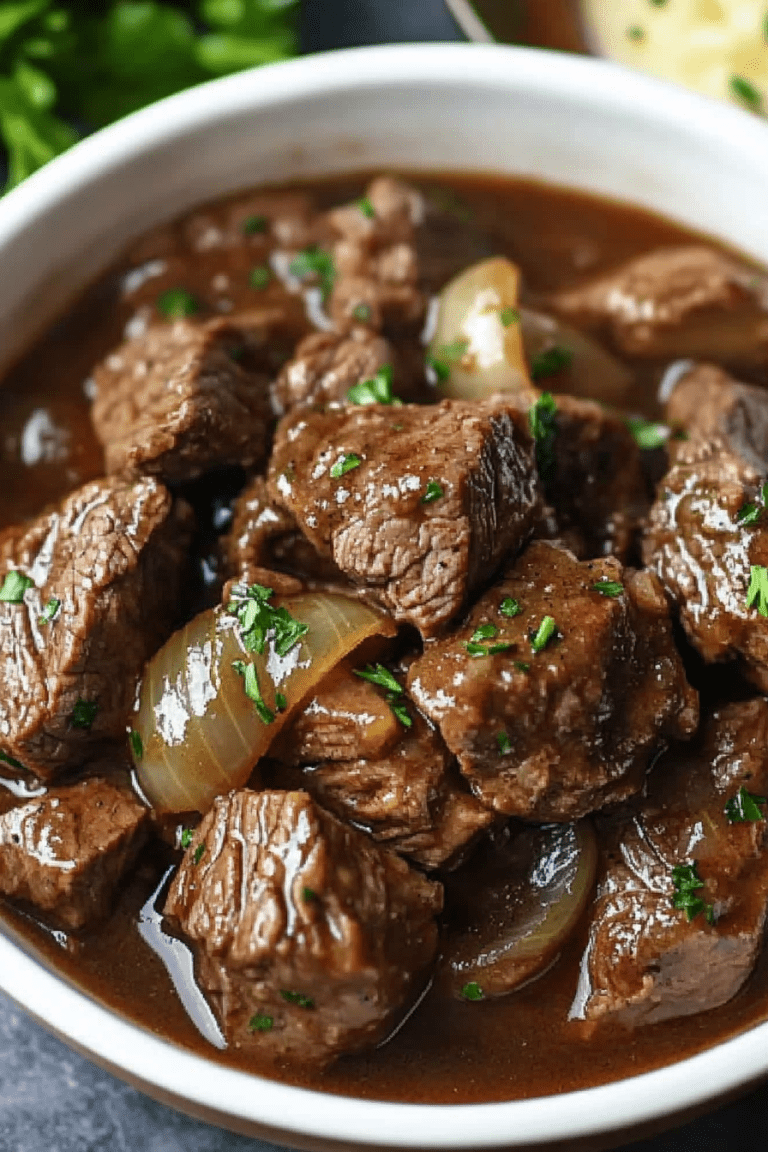This Salted Caramel Kentucky Butter Cake is a true celebration of Southern comfort and decadence, where every slice tells a story of buttery richness and irresistible sweetness. Imagine a tender, moist cake with a deep golden hue, baked to perfection and infused with the flavors of buttermilk and pure vanilla. The cake’s crumb is soft and delicate, yet it holds a satisfying density that makes each bite a luxurious experience. As you slice through its inviting texture, you’ll discover the magic of a batter that has been carefully blended to achieve just the right balance between lightness and richness. The aromatic blend of all-purpose flour, granulated sugar, and a mix of baking powder and soda creates a canvas that is enhanced by the deep flavors of room-temperature butter and eggs. Every element comes together in a harmonious dance, capturing the heart and soul of Kentucky’s finest butter cakes.
As the cake bakes, your kitchen transforms into a haven of warm, comforting aromas that evoke memories of family gatherings and leisurely Sunday afternoons. Once out of the oven, the cake is transformed further with a velvety salted caramel sauce, crafted with precision and care. This sauce, a blend of sugar, butter, water, and a generous touch of vanilla, is gently simmered until it reaches a silky consistency. When poured over the cake, it seeps into every nook and cranny, creating pockets of indulgence that contrast beautifully with the cake’s tender crumb. The subtle hint of salt in the caramel enhances the sweetness while adding a complex flavor profile that lingers on the palate. This cake is not just a dessert; it’s an experience—a decadent journey that melds tradition with innovation, inviting you to savor every moment and every bite.
Why You’ll Love This Recipe:
• Decadent Flavor Fusion: The rich, buttery cake paired with a smooth, salted caramel sauce creates a luxurious blend of sweet and savory flavors.
• Moist, Tender Crumb: The perfect balance of buttermilk, eggs, and butter results in a cake that is both light and satisfying.
• Heavenly Aromas: The baking process fills your kitchen with the irresistible smell of vanilla, butter, and caramel, evoking warm memories of home.
• Elegant Presentation: Whether served at a family gathering or a festive celebration, this cake makes a striking centerpiece.
• Versatile Enjoyment: Perfect as a dessert for special occasions or as a treat for your everyday indulgence, it pairs beautifully with a scoop of vanilla ice cream or a cup of freshly brewed coffee.
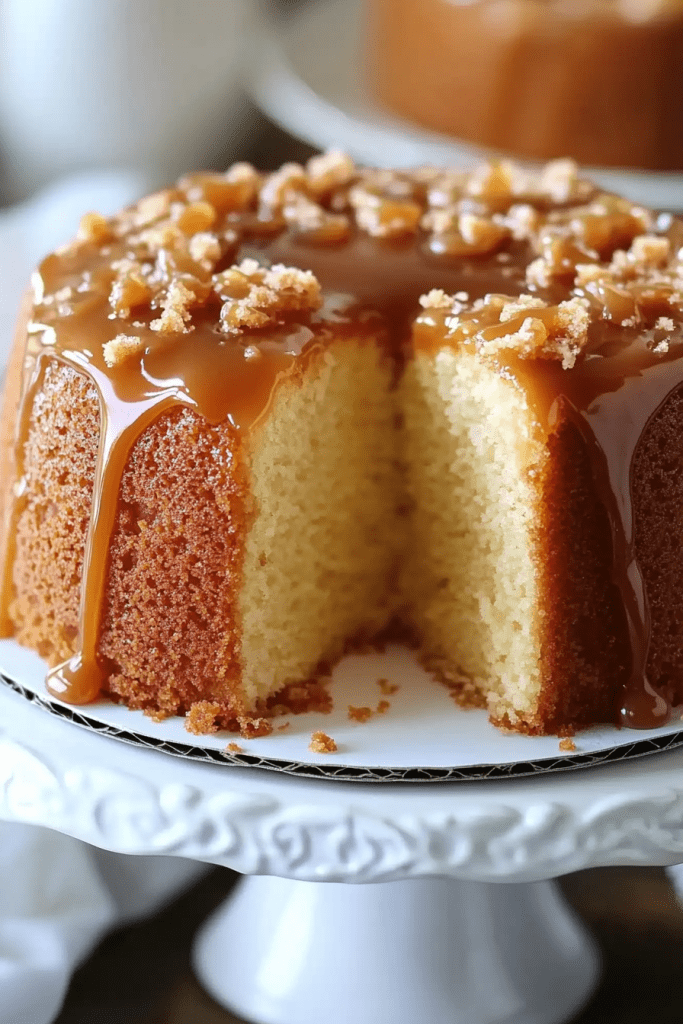
Ingredients
For the Cake:
• 3 cups (13 1/2 oz) all-purpose flour
• 2 cups granulated sugar
• 1 teaspoon salt
• 1 teaspoon baking powder
• 1/2 teaspoon baking soda
• 1 cup buttermilk or fermented milk
• 1 cup butter, at room temperature
• 2 teaspoons vanilla extract
• 4 large eggs
For the Salted Caramel Sauce:
• 3/4 cup sugar
• 1/3 cup butter
• 3 tablespoons water
• 2 teaspoons vanilla extract
• A pinch of sea salt (or to taste)
Instructions
1. Preheat and Prepare the Pan:
• Preheat your oven to 325°F (165°C). Generously grease and lightly flour a Bundt pan to ensure the cake releases easily after baking. Envision the pan as a vessel ready to capture the magic of Kentucky butter cake.
2. Combine the Dry Ingredients:
• In a large bowl, whisk together 3 cups of all-purpose flour, 2 cups of granulated sugar, 1 teaspoon salt, 1 teaspoon baking powder, and 1/2 teaspoon baking soda. This dry mix forms the foundation of the cake, ensuring even distribution of the leavening agents for a consistent rise.
3. Incorporate the Wet Ingredients:
• Add 1 cup of buttermilk (or fermented milk), 1 cup of room-temperature butter, 2 teaspoons of vanilla extract, and 4 large eggs to the dry ingredients.
• With your mixer set to low, blend the mixture until the ingredients are just moistened. Increase the speed to medium and beat the batter for approximately 3 minutes. Watch as the batter transforms, becoming smooth and airy—a crucial step for achieving that tender, melt-in-your-mouth texture.
4. Fill the Bundt Pan:
• Spoon the luscious batter into your prepared Bundt pan. Use a spatula to spread it evenly, ensuring that every corner of the pan is filled with the golden promise of cake. The batter should settle into a uniform layer that will bake evenly and develop a beautiful crust.
5. Bake the Cake:
• Place the pan in the preheated oven and bake for 55 to 65 minutes. To test for doneness, insert a toothpick into the center of the cake; it should come out clean or with a few moist crumbs clinging to it. As the cake bakes, imagine your kitchen filling with the irresistible scent of buttery vanilla and the faint hint of caramel that is yet to come.
6. Prepare the Salted Caramel Sauce:
• While the cake is baking, begin preparing the sauce in a small saucepan on the stovetop over low heat.
• Combine 3/4 cup sugar, 1/3 cup butter, 3 tablespoons water, and 2 teaspoons vanilla extract. Stir gently as the ingredients melt and merge together. Keep a close eye on the mixture—your goal is to achieve a velvety, smooth caramel without letting it boil too vigorously.
• Once the butter has completely melted and the sauce is uniformly blended, add a pinch of sea salt to enhance the flavor. Stir until the salt is fully dissolved.
7. Cool and Infuse the Cake:
• Remove the cake from the oven and allow it to cool in the Bundt pan on a wire rack for about 10 minutes. Then, carefully invert the cake onto the rack.
• With the cake still warm, use a fork or skewer to pierce small holes all over the surface. These openings will allow the luscious caramel sauce to seep into every nook and cranny, ensuring a burst of flavor in every bite.
8. Drizzle the Caramel:
• Slowly and generously pour the warm salted caramel sauce over the cake. Let the sauce cascade over the surface, flowing into the small holes you created. Visualize the sauce saturating the cake, transforming it into an indulgent masterpiece that marries the rich butter cake with the deep, complex notes of caramel and salt.
9. Let It Set:
• Allow the cake to rest and cool completely. This resting period is essential for the caramel to set slightly, creating a delightful contrast between the soft, moist cake and the slightly chewy, sweet caramel coating.
Tips
• Room Temperature Ingredients: Ensure that the butter and eggs are at room temperature before starting. This helps to create a smooth, uniform batter that results in a tender crumb.
• Mixing Time: Avoid overmixing the batter once the wet and dry ingredients are combined. Overmixing can lead to a denser cake by developing too much gluten, which will impact the light texture you’re aiming for.
• Pan Preparation: Generously greasing and flouring your Bundt pan is key to ensuring that your cake releases without sticking. Consider using a pastry brush to evenly coat the pan.
• Caramel Consistency: When making the caramel sauce, keep the heat low and stir continuously. The goal is to dissolve the sugar and melt the butter without reaching a rapid boil, which can cause the caramel to harden or burn.
• Salt Level: Adjust the amount of sea salt in the caramel sauce to your liking. A little salt goes a long way in enhancing the flavors, but you can always sprinkle a tiny bit more on top of the cake before serving if desired.
• Testing Doneness: Use a toothpick or cake tester to check the cake around the 55-minute mark. The cake continues to cook slightly after being removed from the oven, so a few moist crumbs are acceptable.
• Infusing the Sauce: Piercing the cake with a fork or skewer is crucial. These holes allow the caramel sauce to be absorbed into the cake, creating pockets of sweet, buttery goodness throughout.
• Presentation: For an extra touch of elegance, you can sprinkle a few flaky sea salt crystals over the top of the caramel-drizzled cake just before serving.
Storage Options
• Refrigeration:
• Once completely cooled and glazed with caramel, cover the cake with plastic wrap or place it in an airtight container.
• Store in the refrigerator for up to 3 days. Before serving, let the cake come to room temperature to allow the flavors to fully bloom.
• Freezing:
• To freeze, wrap individual slices or the entire cake tightly in plastic wrap, followed by a layer of aluminum foil.
• The cake can be stored in the freezer for up to 1 month. Thaw overnight in the refrigerator, then allow it to sit at room temperature for about 30 minutes before serving.
• Reheating:
• If you prefer a warm slice, reheat individual pieces in the microwave on a low setting (about 20-30 seconds) or in a preheated oven at 350°F (175°C) for 10 minutes. Be cautious not to overheat, as this can cause the caramel to harden and the cake to dry out.
• Serving Suggestions:
• This cake pairs beautifully with a scoop of vanilla ice cream or a dollop of whipped cream.
• For an extra decadent treat, drizzle a little extra caramel sauce over the top just before serving.
Enjoy your Salted Caramel Kentucky Butter Cake as a delectable slice of Southern indulgence, where every bite combines the rich tradition of a classic butter cake with the irresistible allure of salted caramel.

